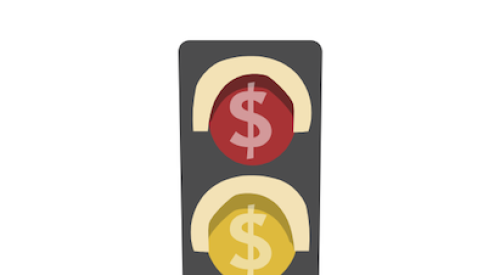Customer-centric home builders know that constructing a high-quality house is not enough in today’s competitive industry. These home builders realize that increasing referral sales rates requires high-quality customer relationships, too. The key is to develop a strategic plan designed to nurture the type of relationship that will maintain customer confidence throughout the long and arduous home building process.
Fostering customer confidence, just like building homes, does not happen without such a plan. Most customers begin the process full of confidence. On average, customers shop for nine or more months, compare dozens of homes, and peruse those home builders’ websites more than 10 times apiece. When they become confident that a particular home builder’s location, product, and price fit their needs, they purchase the home.
Top 5 areas of customer confidence gain
1. Clearly describing the home’s included versus optional features2. Teaching the customer what happens next and guiding the customer through a friendly and predictable process3. Executing a strategy to maintain customer confidence throughout the many stressful transitions that occur (e.g., design studio, mortgage, construction, closing, and warranty)4. Delivering a clean and complete home; if any open items remain at the time of occupancy, resolve those items immediately5. Smoothly transitioning the customer into the warranty phase with a completed home and education about the warranty process
From the outset, salespeople who know the value of customer confidence view their role as customer shepherds, in that they guide the customer through the early stages of pre-construction. These salespeople know their top four priorities are to: 1) clearly define the floor plan and specifications, 2) demonstrate the features of the home site, 3) outline what happens next, and 4) instill confidence in the team and company.
Eventually, the salesperson will pass the customer along to the design or construction phase, but the transition can be tricky. In order to avoid the customer experiencing a feeling of being handed off or abandoned, the salesperson should build confidence in the transition by selling the competency of their succeeding teammate(s). In other words, the salesperson is, from the start, creating layers of confidence.
And so it goes, as each team member transitions the customer through the selling, selection, mortgage, construction, and warranty phases. Each professionally handled transition lays another block on the customer’s confidence foundation.
Top 5 areas of customer confidence loss
1. Periods of more than seven days without a proactive outreach or update from the home building team2. Reactive communications, i.e., waiting for customer questions3. Handing off the customer without a personal introduction and confidence-boosting strategy4. Delivering anything less than a clean and complete home5. Not staying in touch with the customer post occupancy
If layering these blocks is the foundation of customer confidence, then communication is the mortar that binds the blocks together. Without mortar, block foundations collapse with the first shake, and so too will a customer’s confidence without communication. Home building companies that proactively communicate what the customer will experience next, set expectations, and quickly share both good and bad news score significantly higher in overall communications and confidence than builders that only communicate in reactive mode (i.e., waiting for customer questions). And customers who remain confident enjoy their experience more and trust their home building company enough to refer family and friends. While the precise statistical benefits are difficult to peg, our data suggests that home builders that focus on building high-quality homes, customer relationships, and maintaining customer confidence achieve 200 to 300 percent more in referral sales.
While constructing a high-quality home is every builder’s goal, adding a strategy to maintain customer confidence may be just the ticket to improve referral sales rates from the industry average of 15 percent to industry top-performer levels of 40-to-50 percent. Clearly, a part of the overall strategy should be to get impartial quantitative and qualitative feedback from your customers as to where their confidence grew and where they lost confidence. Identifying and fixing any customer-confidence slippage will put a company well on its way to higher customer confidence and future referral sales.
Customer confidence is not an accident. It arrives with all new customers, but must be nurtured. Home builders that understand and enhance it will be handsomely rewarded, both professionally and financially.













